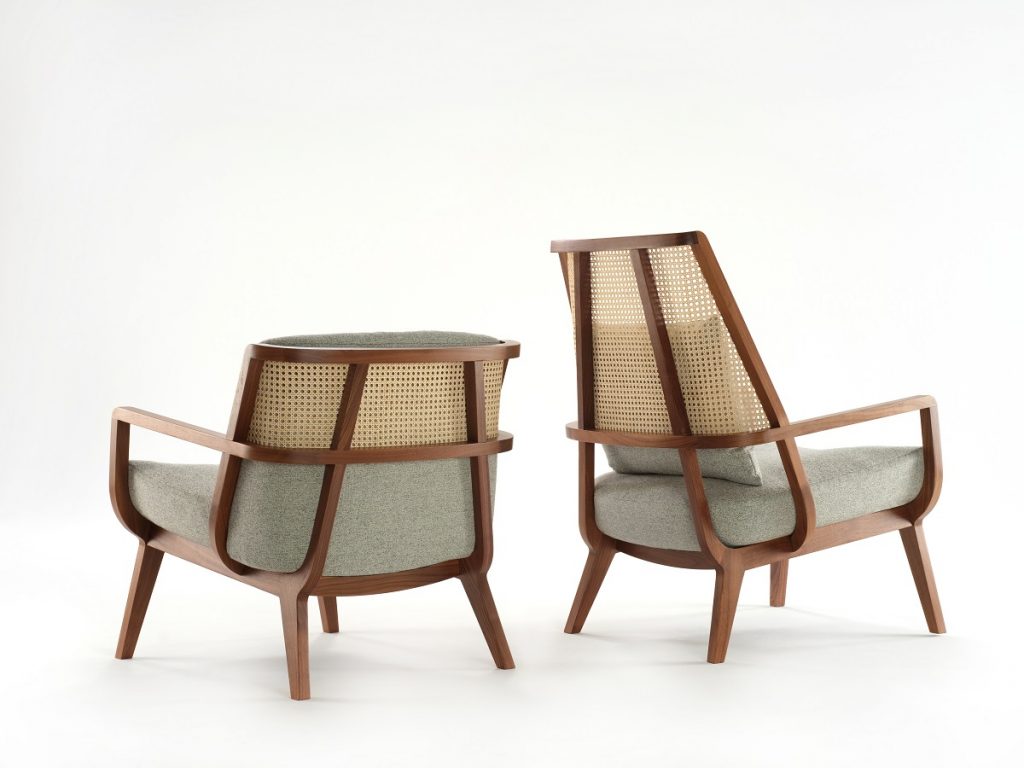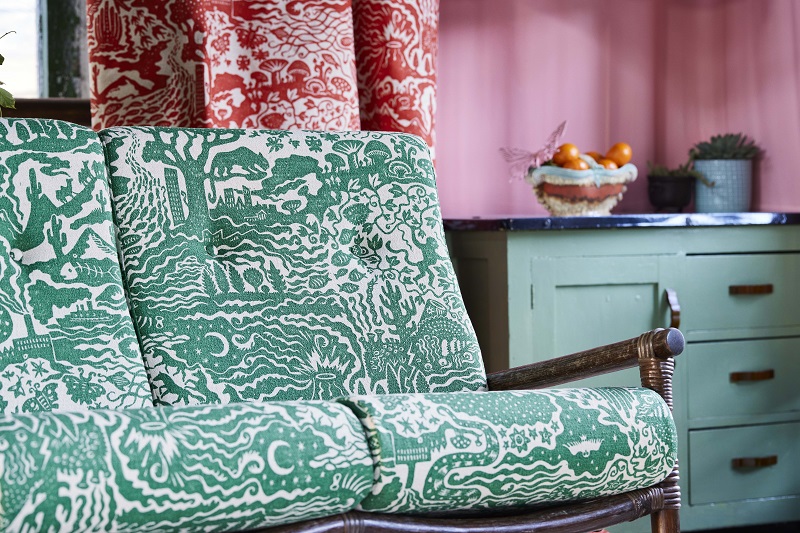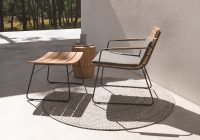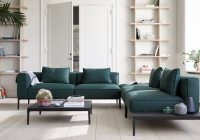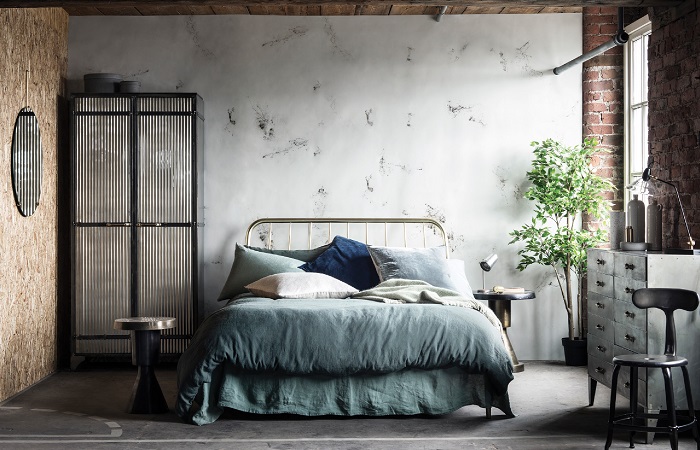
London-based design studio Custhom had its first taste of Design Guild Mark success in 2019 as its unique wallpaper range Igneous was awarded the mark.
Made from carbon powder, Igneous uses the studio’s innovative process of hand-foiling wallpapers, which creates a unique distressed or highly polished finish in a wide range of metallic hues.
The finished effect mimics the crystallisation of igneous rocks formed through the cooling and solidification of magma or lava, hence its namesake.
The Textiles, Wall Coverings, Surfaces, Carpets and Floor Coverings category judges were so impressed with the design that they awarded it the best in category Jonathan Hindle Prize.
To find out more about Igneous, we spoke to Jemma Ooi, who along with Nathan Philpott, make up the team at Custhom.
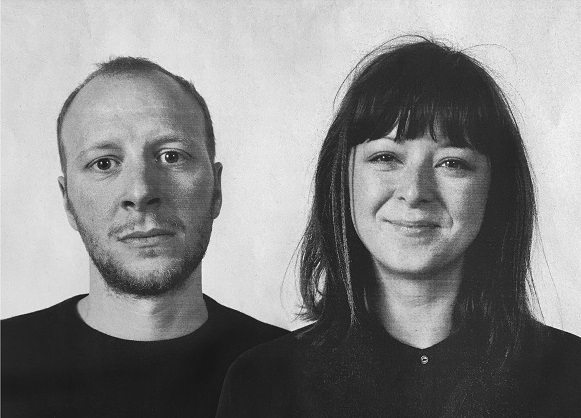
What initially inspired you to make Igneous?
We had been experimenting with a range of ways to apply metallic foil to a wallpaper, which moved beyond the repetitive nature of traditional screen or roller printing design. We are always interested in reducing unnecessary waste or materials and developed a method of creating an adhesive out of waste materials. There is an elegance in the fine detail captured by this process of foil application which led us to develop this design collection.
Can you explain the concept for the design?
Conceptually, Igneous is inspired by the subtle details and compression of igneous rock formations. This was very much led by how we developed the making process.
How have you struck the balance between function and design with this product?
A product has to function in our eyes, yet it can be made in an unconventional way with less unexpected materials and still be beautiful, which we hope to have achieved with this design.
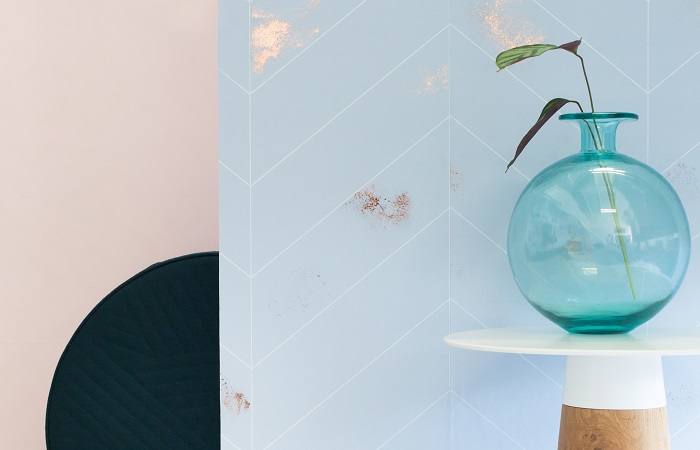
Who does this design appeal to?
Igneous is one of our most popular designs, which we think is due to the light reflective properties of the gold foil areas, the subtle details and fluidity of texture.
How long did the design process take?
The design process is an evolution of lots of ideas, so it’s difficult to give it a time frame. We often have half-finished ideas in the studio that sometimes take a year or two to evolve into something we are happy to present.
What modifications did you make along the way?
The main modification was a printed vertical line, every 55cm down the design. We wanted to give an element of structure to the random gold specks and felt a fine printed line complemented the tiny break you notice when two lengths of wallpaper are pasted up next to one another making a tile effect. Our clients kept asking for this to be removed, so we modified the design over a couple of months to remove the grid completely. There were other minor modifications that affected density of gold areas and the overall composition of the speckles, but these were more subtle and definitely improved the fluidity of the gold areas.
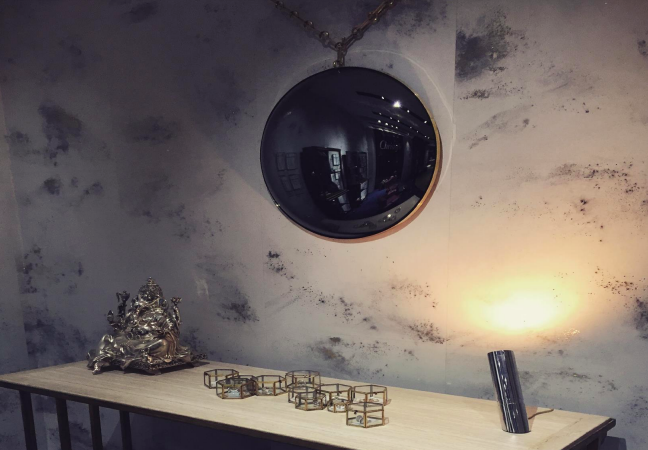
In what way do you think Igneous is different from anything else available on the market?
We think our point of difference is in the making process and the accuracy and clean edges of the tiny gold areas. They are neither a paint splash or a digital rendering, so they give a sharp, elegant but quiet detail, which we think people really enjoy aesthetically.
What was the most challenging aspect of the design?
The most challenging aspect of the Igneous collection is communicating the subtly and level of detail of the design because to see it react to light feels very different from looking at an image of it.
For more information about Igneous and Custhom, go to custhom.co.uk/



